Research on Risk Assessment and Index System Construction of Urban Rapid Rail Transit Operation
DOI: 10.23977/jemm.2022.070110 | Downloads: 23 | Views: 1580
Author(s)
Qian Gao 1, Chunbo Liu 1
Affiliation(s)
1 Chongqing Jianzhu College, Chongqing 400072, China
Corresponding Author
Chunbo LiuABSTRACT
In order to solve urban traffic congestion, environmental pollution and other related problems, major cities across the country have set off a climax of Urban Rapid Rail Transit (URRT) construction. In the URRT industry, the realization of safety risk management, based on the existing safety management, the strengthening of safety awareness, the improvement of safety concept and the optimization of work ideas are conducive to reducing operation risks and improving the level of safety guarantee. On the contrary, if the potential risks in URRT operations are identified and evaluated before the accident occurs, and preventive measures are taken as soon as possible, this proactive “pre-accident prevention” safety management method can truly reduce the risk of accidents. Frequency to achieve the effect of preventing problems before they occur. In view of this, this paper combines the current situation of URRT safety management, starts from the goal of risk assessment, discusses the establishment of risk evaluation index system for different management levels, and establishes an evaluation model based on extension theory, and then provides a new method for URRT risk evaluation. Identifying the risk factors of URRT operation safety through scientific and effective methods, analyzing the safety status of URRT operations, and preventing and controlling operation safety accidents are of great significance to ensuring the safety of URRT operations.
KEYWORDS
Urban rail, Traffic operation, Risk assessment, Construction of index systemCITE THIS PAPER
Qian Gao, Chunbo Liu, Research on Risk Assessment and Index System Construction of Urban Rapid Rail Transit Operation. Journal of Engineering Mechanics and Machinery (2022) Vol. 3: 83-87. DOI: http://dx.doi.org/10.23977/jemm.2022.070110.
REFERENCES
[1] Li Mingming Analysis on the coupling and coordination between urban rail transit operation scale and economic development [J] Practice and understanding of mathematics, 2021, 51 (5): 7
[2] Zhou naifeng, Jiang Shuai Safety assessment of technical conditions for overseas urban rail transit operation [J] Chinese Journal of safety science, 2020 (S01): 6
[3] Ren Yajuan Research on resource sharing of Hefei rail transit main substation [J] Urban rail transit research, 2020, 23 (5): 4
[4] Chen Guanghua Intelligent Service Countermeasures of subway station customer service center in the Internet era [J] Urban rail transit research, 2020, 23 (8): 5
[5] Yang Xiaofei, Wu Zhenzhen, Tang Chao Research and application of comprehensive safety management in urban rail transit reserve [J] Surveying and mapping bulletin, 2020 (9): 5
[6] Guan Lijun Exploration on strengthening the operation and management of Urban Rail Transit -- Comment on the analysis of urban rail transit accident cases at home and abroad [J] Forest products industry, 2020, v.57; No.334(02):128-128.
[7] Chi Shengchao, Tu Chaofeng, Chai Weiyuan, Xu Xianghua, Wu Dexin Optimization and practice of crew planning in urban rail transit operation [J] Urban rail transit research, 2020, 23 (8): 5
[8] Han Baoming, Chen Jiahao, Yang Yunjie, et al Summary of statistics and analysis of world urban rail transit operation in 2019 [J] Urban rapid rail transit, 2021, 34 (1): 7
[9] Chen Shengbo, Liu Yongping, Zhang Ning, et al Discussion on performance evaluation index and evaluation standard of urban rail transit operation service [J] Urban rail transit research, 2020, 23 (3): 5
[10] Qian Lei, Zhou weiteng, Han Baoming Visual analysis of urban rail transit operation emergency data [J] Journal of Railway Science and engineering, 2020, 17 (4): 11
| Downloads: | 11122 |
|---|---|
| Visits: | 423098 |
Sponsors, Associates, and Links
-
Cybernetics and Mechatronics
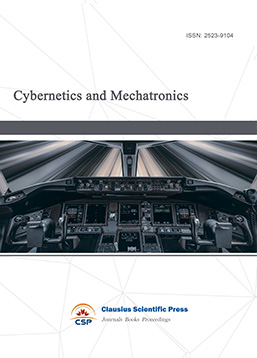
-
Digital Manufacturing and Process Management
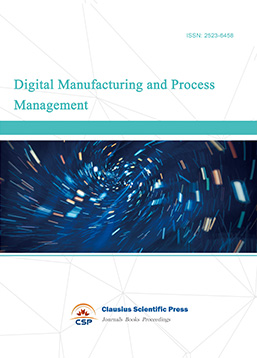
-
Ultra-Precision Machining Process
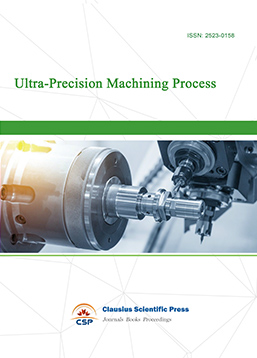
-
Journal of Robotics and Biomimetics
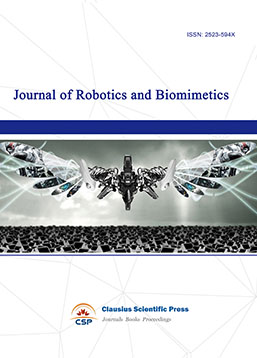
-
Prognostics, Diagnostics and Health Management
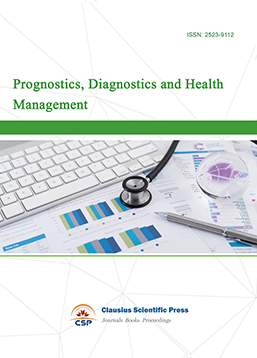
-
Micro-Electro-Mechanical Systems
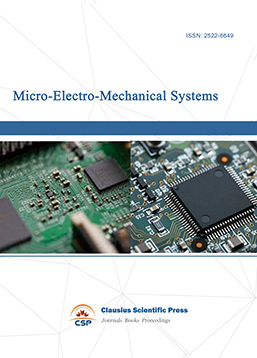
-
Journal of Precision Instrument and Machinery
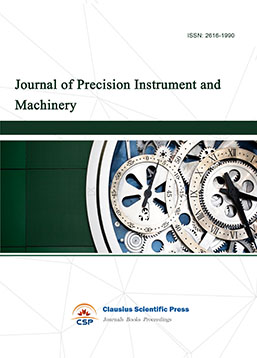
-
Engineering and Solid Mechanics
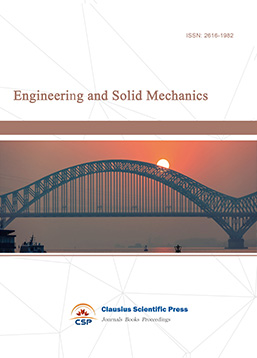
-
Fracture and Damage Mechanics
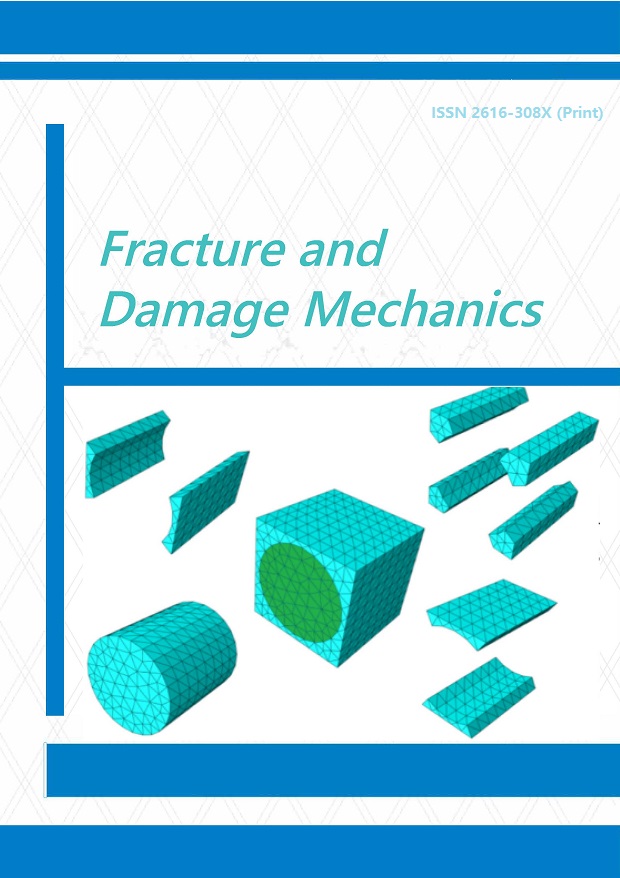
-
Frontiers in Tribology
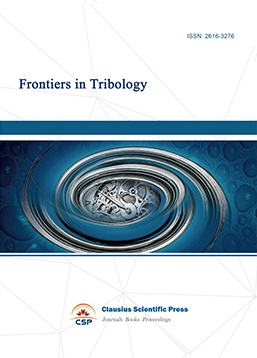
-
Fluid and Power Machinery
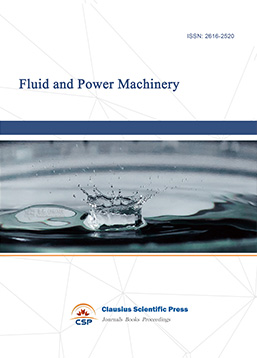
-
Chemical Process Equipment
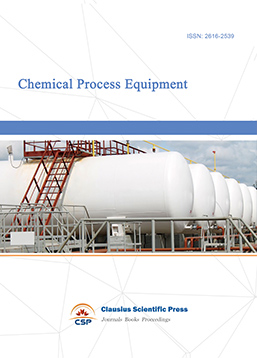
-
Journal of Assembly and Manufacturing
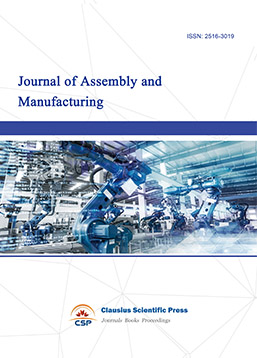
-
Mechanical Vibration and Noise
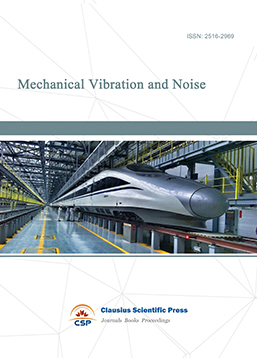

 Download as PDF
Download as PDF